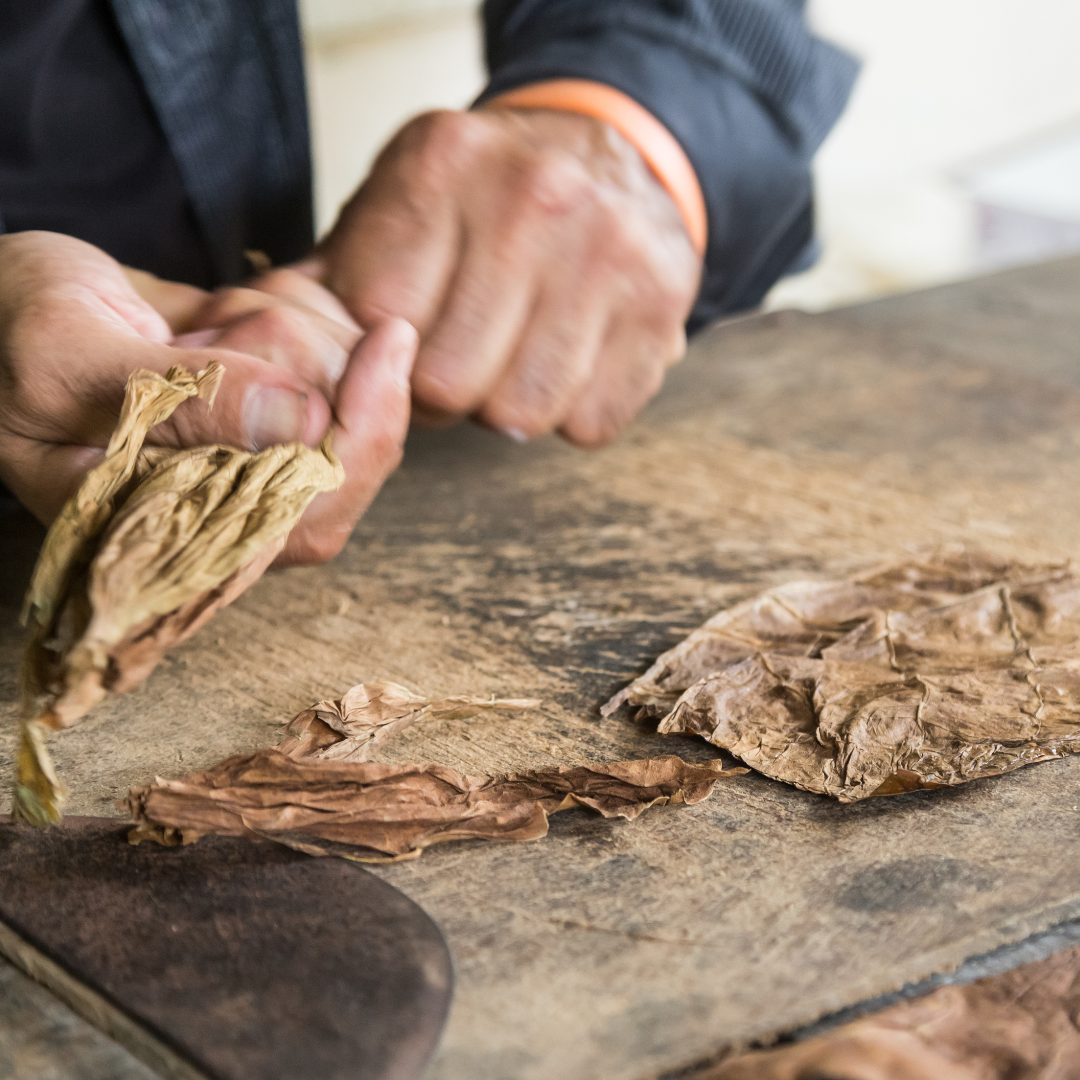Learn Cigar Anatomy 101 | Understanding Your Cigar Parts
12th Jun 2023
Welcome to another episode of Mardo's Blog, where we delve into the fascinating world of cigars. This week, we'll explore cigar anatomy, breaking down its components. But before we dive in, don't forget to subscribe to stay updated on new episodes of Mardo's Blog.
The Importance of the Wrapper: Enhancing Flavor and Visual Appeal
Let's keep things simple as we explore the three key aspects of a cigar. A cigar consists of a wrapper, which is the outermost layer. This thin, delicate leaf of tobacco is the most expensive part of the cigar, ranging from $25 to $70 per pound. The wrapper is meticulously selected for its flawless appearance, showcasing a uniform color without any significant veins or blemishes. Not only does the wrapper add visual appeal, but it also contributes significantly to the flavor profile of the cigar, with some experts attributing up to 40% of the overall taste to the wrapper.
Different types of wrappers, such as the darker Maduro or lighter Connecticut wrappers, can bring distinct flavor profiles to the cigar. The choice of the wrapper can indeed make a noticeable difference in the smoking experience, although the exact percentage of its influence remains uncertain.

Blending Artistry: Exploring the Diverse Fillers from Around the World
Moving on to the binder, this component holds the cigar together before the wrapper is applied. The binder leaf is a high-quality tobacco leaf that did not cut to become a wrapper. It may have thicker veins compared to the wrapper and doesn't necessarily have to be made from the same type of tobacco. This versatility in choosing the binder leaf allows for exciting combinations during the blending process.
Cigars are meticulously blended using various tobaccos sourced from different regions worldwide. For example, a cigar may have a Nicaraguan wrapper, a binder from Peru, and fillers consisting of a mix of tobacco from the Dominican Republic, Cuba, Honduras, Brazil, Indonesia, and more.
The filler, as the name suggests, fills the core of the cigar. Unlike the visually appealing wrapper and binder, the filler tobacco may display different shades and blemishes. These variations are less important aesthetically as long as the tobacco maintains a high level of quality. The filler tobacco is densely packed, and when disassembled, reveals layers of tobacco leaves. A skilled cigar roller, known as a Torcedor, strategically selects and combines different tobacco leaves to create the filler blend. This blend may contain different primings of tobacco, including lower priming leaves, which aid in combustion due to their thinner nature, and higher priming leaves, known as ligero, which burn hotter, is oilier, and contribute to strength and flavor.
Additionally, there is a mid-range priming called viso, which provides a balance between the lower and higher primings. Master blenders employ their expertise to select the right combination of tobaccos, primings, and placements within the filler to achieve the desired smoking experience. The second tobacco, usually placed on the outside of the filler bunch, helps burn the ligero evenly, while the ligero occupies the central portion. The aim is to ensure a harmonious and slow burn, allowing for a relaxing and enjoyable smoking session.
From Roll to Rest: The Intricate Process of Crafting a Perfect Cigar
Now, let's briefly discuss the cigar-rolling process. After the filler blend is prepared, it is carefully wrapped with the binder leaf, which holds everything together. Skilled rollers may opt for hand-rolling or use a rolling table with a lever to assist in the process. The wrapped cigars are then placed in molds, where they are pressed for 45 minutes to two hours. This results in perfectly shaped, cylindrical cigars.
Finally, the finest tobacco leaf, the wrapper, is applied to the pressed cigars. The cigars are left to rest for around 40 to 60 days to allow the different tobaccos to blend and harmonize. It is important to let the foot of the cigar remain open during this resting period, allowing any residual ammonia, a byproduct of tobacco, to dissipate. This ensures a pleasant smoking experience, free from any unwanted flavors.

This breakdown of cigar anatomy has helped us understand the different components that contribute to a cigar's overall character. Don't forget to share your thoughts and comments below, and remember to follow us on Instagram, like us on Facebook, and encourage your friends to subscribe to Mardo's Blog on YouTube. Stay tuned for more exciting episodes. See you soon!
Before you go don't forget to visit our latest blog post. we recommend you to visit our cigars 101 guide where you will learn all about cigars!

